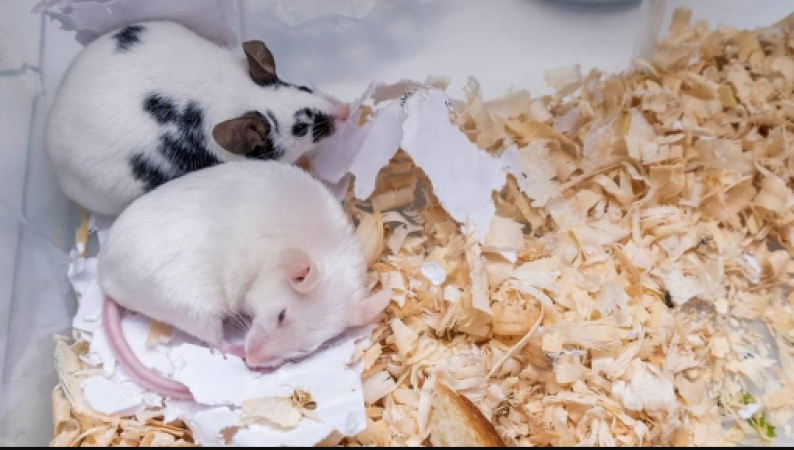
USA: Scientists have produced baby mice from two males for the first time.Although experts caution that very few mouse embryos developed into live mouse pups and no one knows whether it would work for humans, this raises the remote possibility of using the same technique on people.
But even so, "It's a very clever strategy," said Diana Laird, a stem cell and reproductive specialist at the University of California, San Francisco, who was not involved in the study. It's a crucial step in both reproductive biology and stem cell research.
In a study that was published in the journal Nature on Wednesday, researchers described their work. First, they created "induced pluripotent stem cells" from skin cells removed from the tails of male mice. These cells have the capacity to differentiate into a variety of different cell or tissue types.
Also Read: UN South Sudan mission is extended by the Security Council for another year
They then developed functional egg cells by converting male mouse stem cells into female cells through a process that involved growing them and administering a drug. The embryos were then implanted into female mice after being fertilised. 7 out of the 630 embryos, or about 1% of them, developed into live mouse pups.
Scientists at the Third International Summit on Human Genome Editing last week heard from research leader Katsuhiko Hayashi of Kyushu University and Osaka University in Japan that the pups appeared to develop normally and were capable of becoming parents on their own in the typical way.
Laird and her colleague Jonathan Bayerl wrote a commentary that was published alongside the Nature study in which they stated that the work "opens up new avenues in reproductive biology and fertility research" for both people and animals. In the future, it might be possible to procreate endangered mammals from a single male, for instance.
Also Read: N. Korea launches a "long-range" missile as the president of S. Korea travels to Japan
They added that it "might even provide a template for enabling more people to have biological children, while avoiding the ethical and legal issues of donor eggs," such as male same-sex couples.
However, they issued several warnings. Which is the most notable? The method is incredibly ineffective. They claimed it was unclear why so few of the embryos implanted into surrogate mice survived; there may be technical or biological reasons for this. Additionally, they emphasised that it is still too early to determine whether the protocol would even function with human stem cells.
Before using stem cells to create eggs, Laird added that researchers must consider the mutations and mistakes that might be made in a culture dish.
The study is the most recent to explore novel approaches to in vitro mouse embryogenesis. Last summer, researchers in Israel and California developed "synthetic" mouse embryos from stem cells that lacked a mother's ovum or egg.
Also Read: Japan fights to convince its big brands to participate in the military buildup
Up to 8 12 days after fertilisation, those embryos had the same structures as natural mouse embryos, including one that resembled a beating heart. The achievement, according to scientists, could one day serve as a model for producing artificial human embryos for future research.